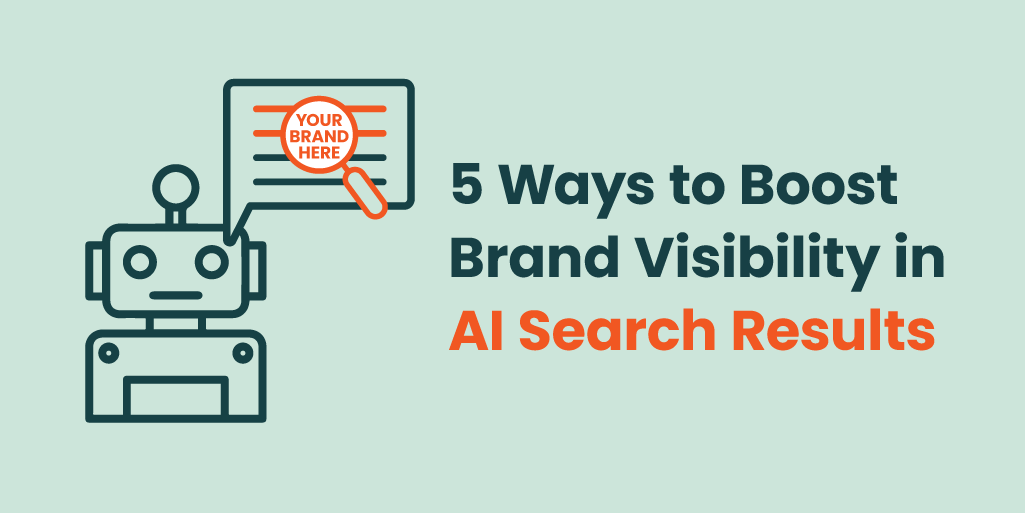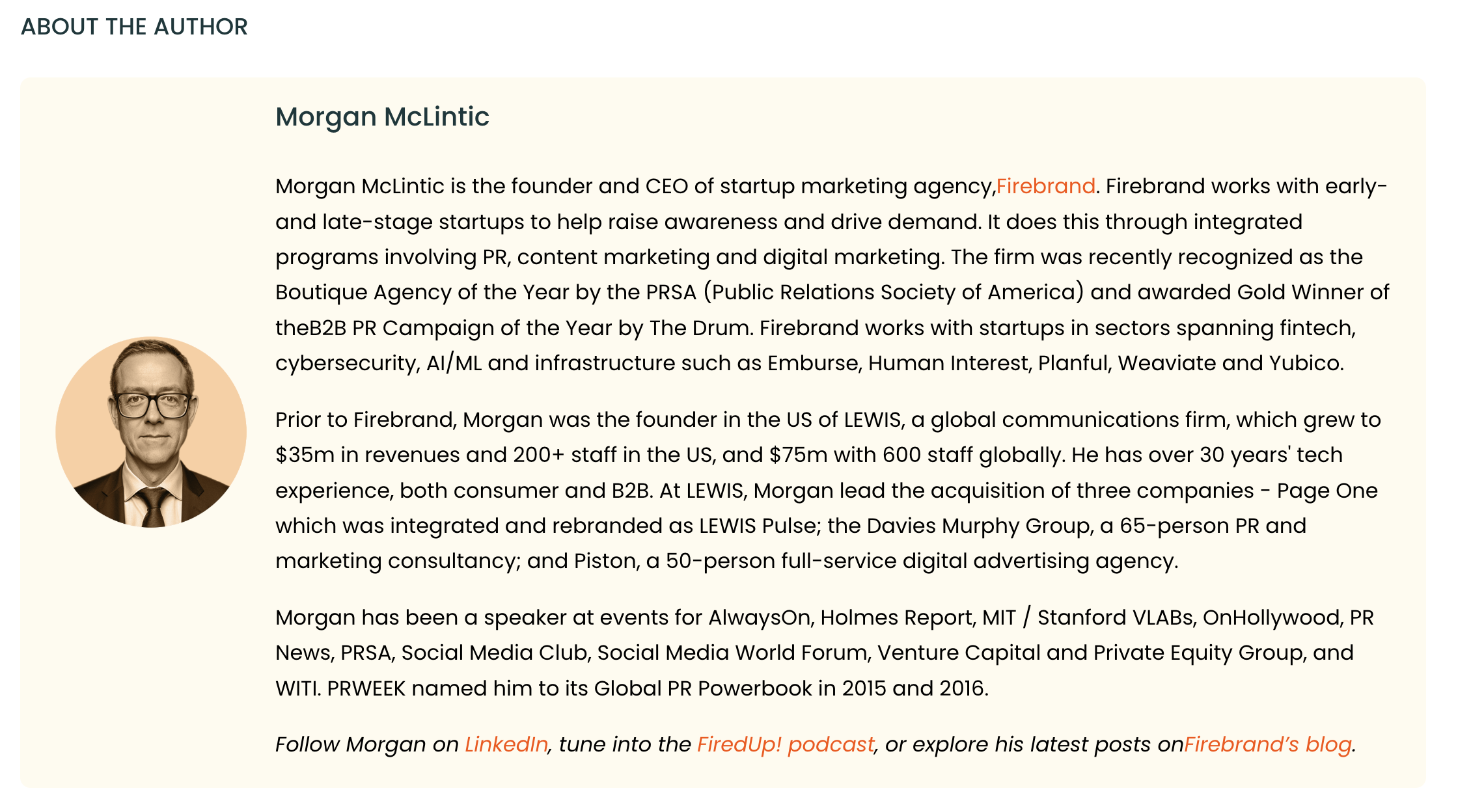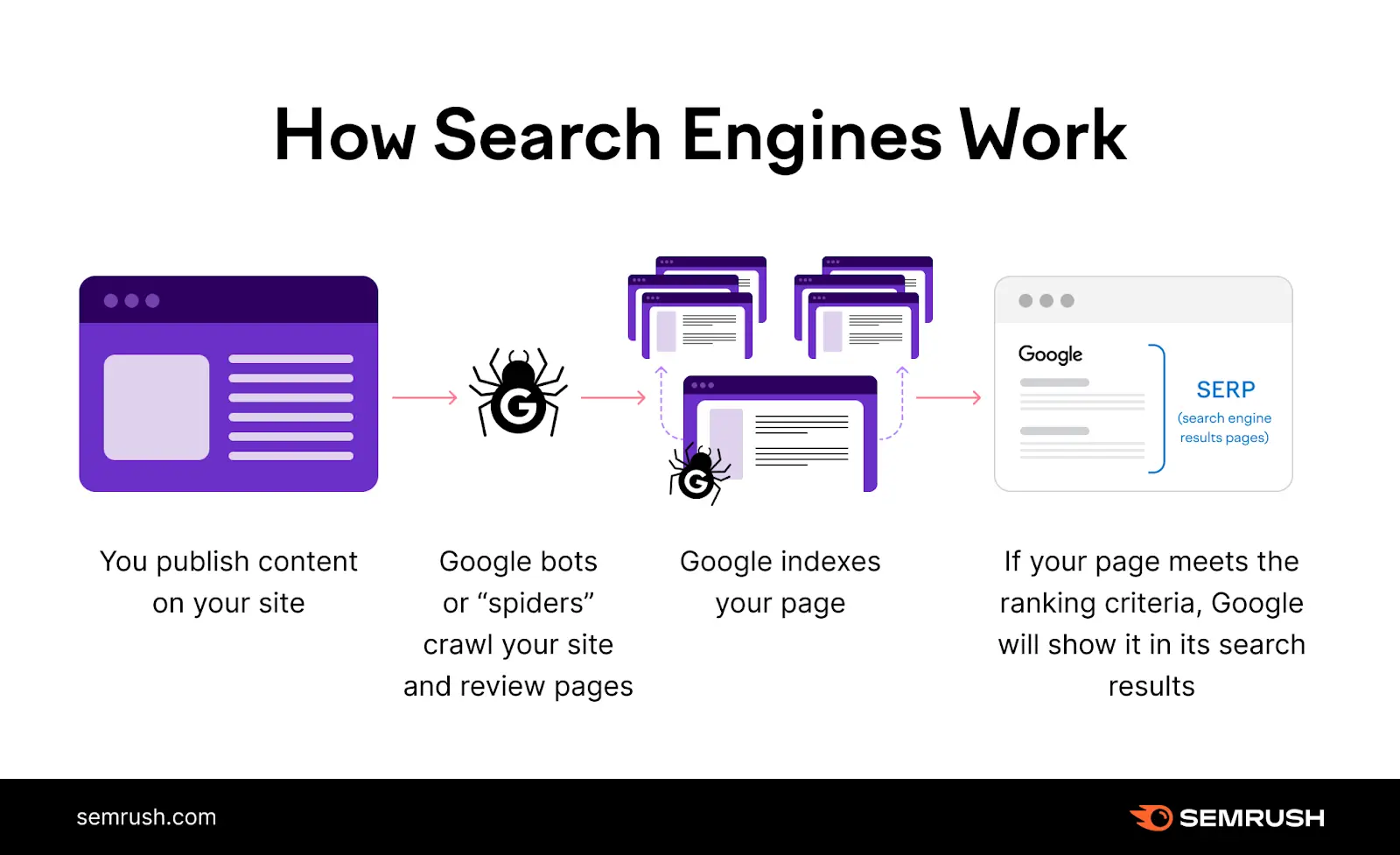SEO is rapidly evolving, and you’re likely fielding all kinds of questions from executives, investors, and other stakeholders about it. As AI transforms how people search, engage with information, and make buying decisions, it’s no longer enough to optimize just for traditional search engines like Google and Bing. Increasingly, users are turning to generative AI tools like ChatGPT, Perplexity, and Google’s AI Overviews to get immediate, synthesized answers, without ever clicking a link.
This shift is reshaping the digital landscape, where brand visibility depends less on driving traffic from an organic search result, and more on being seen as part of the AI-generated answer itself — creating legitimacy for your brand that later translates into traffic to your site from many different sources.
Welcome to the era of Generative Engine Optimization (GEO), an extension of SEO that provides opportunities for your brand and content to appear in AI search results. We’ve researched and compiled the best solutions for AI visibility to drive up your citations and inclusions in generative engine results. Here are five actionable ways to boost your brand’s visibility in these AI-powered discovery engines.
1. Structure Content for AI Comprehension
Generative AI platforms don’t rank pages, they synthesize answers based on structured, high-quality data. Unlike Google, which crawls and ranks pages by links and authority, large language models (LLMs) like ChatGPT interpret meaning from patterns and clusters of information they’ve been trained on or retrieved in real-time.
To make your site content easy to parse and cite:
- Use structured formats like headers, lists, bullet points, and short paragraphs.
- Implement schema markup such as FAQsPage, HowTo, and Article to provide clear signals to AI models about what your page contains.
- Adopt the “Ranch-Style” content cluster approach – brief, focused content blocks that provide direct answers and support AI parsing and retrieval.
This is a win-win: it improves the human experience, which aligns with traditional SEO goals, while making it easier for AI to identify the main idea of your page. (Need a bit more help? Get additional insights into how to structure information for AI Search here.)
2. Shift From Keywords to Semantic Topics
Traditional SEO placed a heavy emphasis on exact-match keywords and using supporting keywords that clearly related semantically to the focus (aka seed) keyword of a page (ex: “Technical SEO” clearly relates to “SEO Tactics” and thus could rank on a page about the latter phrase). But AI search engines work differently; they interpret semantic meaning and contextual relationships, looking out for more patterns in usage across content, not just string matches.
Instead of heavily focusing on keyword density:
- Build out topic clusters and use natural language throughout your content.
- Ensure key themes are consistently associated with your brand — such as including strategic phrases in your company boilerplate or About Us pages.
- Target ultra-long tail queries such as 7+ word phrases in the form of specific questions or instructions. These closely mimic how users engage with chatbots and are more likely to surface in AI responses.
Semantically rich content doesn’t just help with AI visibility; Google’s evolving search algorithm rewards it as well.
3. Build Authority and Trust With Real People
Trust signals are more critical than ever. AI tools like Perplexity and Bing Copilot now prefer citing content with visible authorship and credentials. Transparency builds credibility, and not just with users, but with machines.
To enhance trustworthiness:
- Include an author byline, short bio, and links to authoritative profiles (like LinkedIn or Medium).
- Establish your brand as an expert by publishing original, research-backed content.
- Keep author bios consistent across your site and guest posts to reinforce semantic identity.
As LLMs become more discerning in their sourcing, brands with identifiable, authoritative voices will be favored over faceless content engines.
4. Craft Content That Delivers Direct Answers
The primary purpose of many AI-generated responses is to answer questions clearly and concisely. That means vague or fluffy marketing copy won’t cut it. Your content must be informative, helpful, and straightforward.
Here’s how to align your content with AI-generated answers:
- Write with clarity and intent. Address questions directly and structure answers using H2s or bullet lists.
- Use FAQs, comparison tables, and “What is…” sections to preemptively answer user questions.
- Include value-based hooks like “Download the guide,” “Use the calculator,” or “See full checklist” to encourage click-throughs — even in zero-click environments.
This approach satisfies both traditional searchers and AI users who want fast, reliable answers.
5. Ensure Your Site Is Indexed, Fast, Accessible — and Measurable
Visibility in AI search depends on content being discoverable, retrievable, and measurable. That means making sure your site is not only optimized for technical access but also equipped to track emerging AI-driven traffic and brand visibility metrics.
Key technical and measurement considerations:
- Index your entire site, including older but still relevant content. Google’s AI Overviews and hybrid LLMs like ChatGPT (with browsing) or Gemini can surface buried pages, if they are technically accessible and up-to-date.
- Create and maintain an LLMs.txt file. Similar to robots.txt, this file signals to AI platforms which pages are important and why. It’s a lightweight yet strategic step to improve the odds of citation by LLMs. [Learn how to implement one here.]
- Optimize for site speed and mobile performance. AI systems often have limited time (1–5 seconds) to retrieve content. Slow-loading or unresponsive pages may be skipped or fail to appear in real-time responses.
- Use structured data (schema.org). Schema markup helps AI better understand and accurately present your content—critical for both citation in AI responses and rich results in traditional search.
- Track and benchmark AI-driven visibility. While tools for measuring AI-based traffic and visibility are still emerging, there are ways to monitor progress:
- Referral traffic from chatbot tools like ChatGPT, Perplexity, and Gemini can be tracked in GA4 (look for domains like chat.openai.com, perplexity.ai, or gemini.google.com).
- Use third-party tools like SEMrush, Trackerly.ai, or Otterly.ai to track citations and presence across AI platforms. Be aware that most are still in beta and lack impression data.
- Share of Voice (SOV) in AI chatbots is difficult to measure directly today. There’s no universal dashboard or visibility metric across all platforms yet. However, you can spot-check prompts, monitor referral trends, and build directional insights.
For a deeper dive, check out our full guide: How to Measure Web Traffic from AI
Technical SEO is evolving to serve both human and AI readers. Learn more about indexability and how it affects SEO and GEO.
Final Thoughts: SEO Isn’t Going Away, It’s Expanding
The rise of generative AI doesn’t mean traditional SEO is less impactful, it means it’s more complex and more opportunity-rich. GEO is not a replacement for SEO, but an extension of it. Traditional search is still the dominant channel for high-intent buyers, but GEO opens new lanes for brand visibility, trust-building, and early-funnel influence.
Winning in the AI-powered search landscape means showing up where your audience is, whether that’s on Google, Perplexity, or ChatGPT. By aligning your content strategy with how LLMs process, select, and present information, you can future-proof your brand and drive meaningful organic growth in the era of AI.
Ensuring your brand and content maintain consistent visibility in generative AI results requires a thoughtful strategy, not unlike traditional SEO strategies. Firebrand’s Digital Marketing experts can identify the best solutions for AI visibility and implement a strategy that maximizes the mentions of your brand in AI Search results.
About the Author
Shane Jordan is a San Francisco-based digital marketing pro with a passion for driving brand growth. At Firebrand, Shane focuses on client growth strategies including SEO & Generative Engine Optimization (GEO), PPC, organic & paid social media, Influencer marketing and performance analytics. He writes practical guides on digital marketing topics including SEO Best Practices, PPC Landing Pages, Multiplier Marketing, and Measuring AI Web Traffic.
With a seasoned background and a passion for emerging tech, Shane helps brands navigate the future of marketing. Outside of work, he enjoys coastal hikes with his family and piloting small aircraft.
Follow Shane on LinkedIn or explore more on Firebrand’s startup marketing agency blog.






